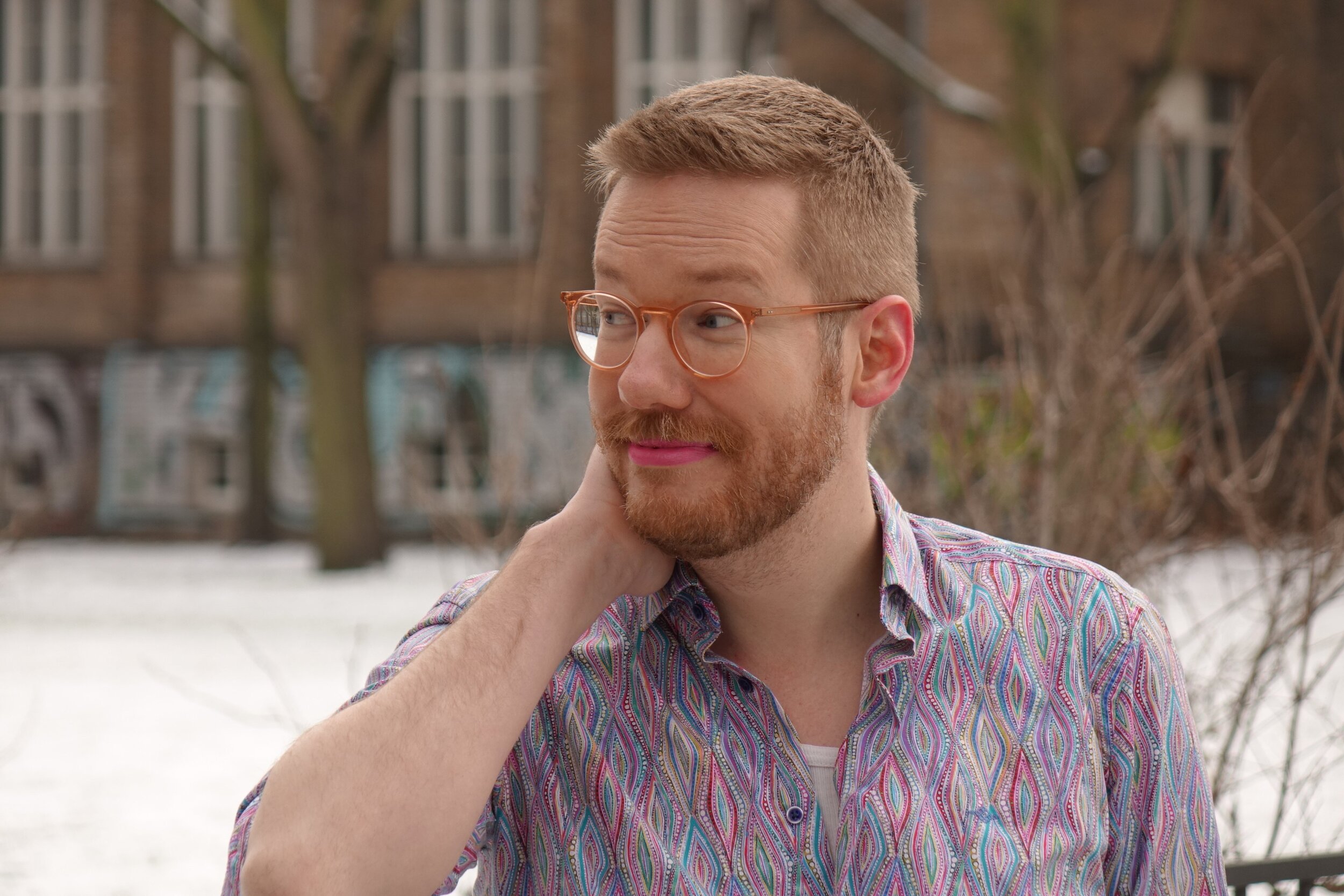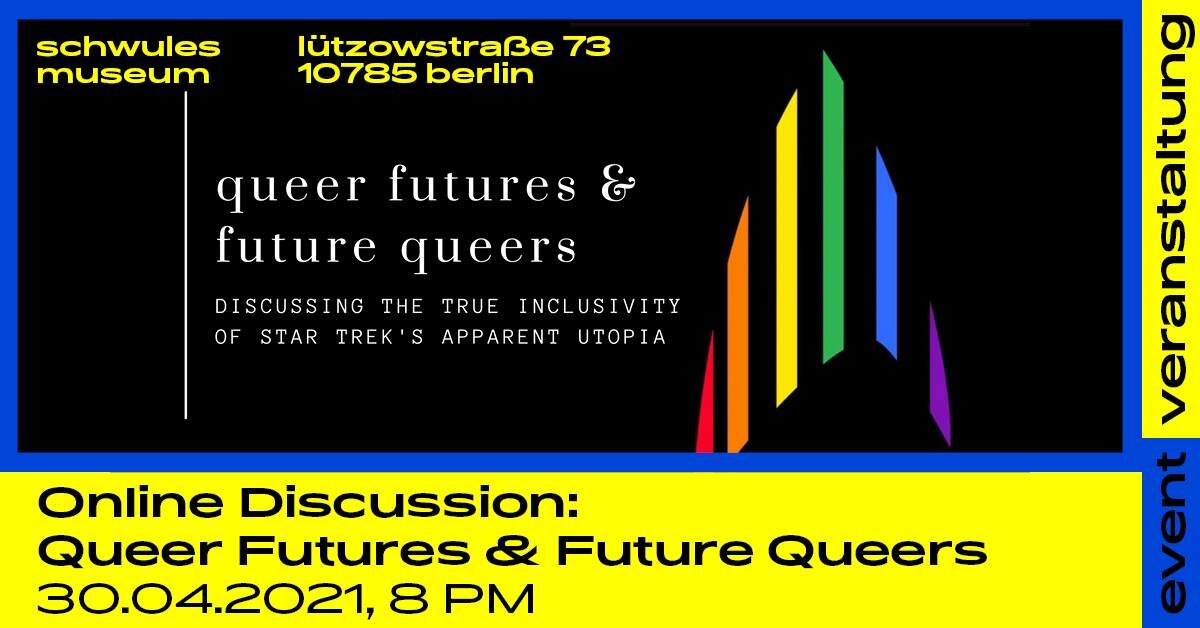Berlin is one of the queerest places on Earth, and for half a million LGBT+ people Germany’s capital provides a refuge from a doggedly intolerant world. It’s also a city with a dark and troubled history, particularly when that history includes queer sex. Though focus is often devoted to the pink triangles and murderous hatred of the Nazi era, the ruins of the Third Reich and rising Iron Curtain posed particular problems for Berlin’s sexual minorities. At the dawn of the Cold War queer people found themselves at the centre of a new battleground.
Two new countries staggered from the rubble of World War II, and with them two Berlins: one dominated by Allied forces, the other the Soviet Union. Each had a vision for the future, each had its own economic ideology, and each was governed by a savage homophobia. Both the Federal Republic of Germany and the German Democratic Republic fought to prove themselves more ‘moral’ than the other, with capitalist and communist authorities each claiming the healthy heterosexual family to be the foundation for their society.
In the East the German Democratic Republic maintained a rigidly straight workers’ paradise. Though the laws of the Third Reich were abolished as part of its de-Nazification programme, the state retained Paragraph 175, the statute which had criminalised homosexuality for almost 80 years—including any act which “violates the moral sentiment of our workers.” If caught both men and women were published for ‘lewd’ behaviour, though fervent campaigns by rights activists meant the law’s enforcement was short-lived: prosecutions ceased after 1957.
It may sound surprising, but the legal situation was worse for queers living in West Berlin. Whereas the secular communists denounced homosexuality as bourgeois decadence, the more religious capitalists focused on sin: “Concerning male homosexuality, the legal system must, more than in other areas, erect a bulwark against the spreading of this vice, which otherwise would represent a serious danger for a healthy and natural life of the people.” Homosexual behaviour was officially deemed ‘propaganda’, and with the Parliament dominated by conservatives—the most prominent being the devoutly Catholic Chancellor, Konrad Adenauer—Paragraph 175 not only remained in effect, but it was the Nazi version which was enforced. Homosexual Westerners had to be extremely careful: several judges had held positions in the Third Reich, and in the 24 years following the end of the War 100,000 men were prosecuted and 50,000 imprisoned. Many were concentration camp survivors; suicide was common.
As bad as things were in the West, things were no easier for queers in the Eastern half of the city. Though adult homosexuals were no longer legally punished, the government used extralegal means to intimidate them. As one of the most extensive secret police agencies in the world, the Stasi employed legions of spies posing as potential lovers. Queer men and women were blackmailed from jobs, government positions, and even into exile. Love in East Berlin came at great personal risk—the city was crawling with informants.
The media gleefully took part in this harassment: when a young man named Günter Litfin was shot dead while trying to cross the Berlin Wall in 1961, the Neues Deutschand newspaper wasted no time in denouncing him as a deviant homosexual, mocking his memorial and referring to him as “Dolly” (a common homophobic nickname for male sex workers). Yet the media on the other side of the Wall was equally homophobic—in particular Axel Springer’s newspapers, whose high-rise headquarters on Berlin’s Kochstrasse stood as a symbol of the capitalist world.
Things weren’t to improve until the late sixties, with a new generation reaching maturity. Homosexuality was legalised in the East in 1968, and the West In 1969. West Berlin became a magnet for protests and counter-cultural movements which provided (limited) space for queer liberation. Magazines were launched and sympathetic films released—including 1971’s It Is Not the Homosexual Who Is Perverse, But the Society in Which He Lives. Following the example set in the United States and Britain after the Stonewall Riots, West Germany began to see the rise of of gay rights organisations, including Homosexuelle Aktion Westberlin. The district of Schöneberg—which had been the world’s first gay village before Nazi rule—thrived once more.
Though on paper legal rights were still more favourable in the East, the powerful system of censorship halted attempts to create gay and lesbian magazines, books, and films. People drank and danced in gay bars like their Western cousins, but they continued to be infiltrated by Stasi informants. Queer Easterners maintained strong communities, often far more intimate than those across the border, but change came slowly. In 1987 the Supreme Court announced that, “…homosexuality, just like heterosexuality, represents a variant of sexual behaviour. Homosexual people therefore do not stand outside socialist society...” Two years later Coming Out was released, the first and only East German gay film, shot at various bars around East Berlin. Harassment and intimidation continued, but by 1989 the communist state was first to equalise the age of consent. The law remained even after the Wall fell five months later.
The tensions between East and West Germany held the world’s focus for decades. For many it can be tempting to idealise a side—praising the ‘equality’ of the East or the ‘freedom’ of the West—but in reality queer Berliners experienced neither. A militant heterosexuality formed the foundation of each state, with homosexuality used as propaganda to show the ‘deviance’ of the other. As a result the language surrounding sexual minorities was eerily similar in both the capitalist and communist worlds, even when the punishments differed. A backlash began when the generations shifted, but for much of the Cold War queers lived under a totalitarian regime—no matter which side of the Iron Curtain they found themselves.




